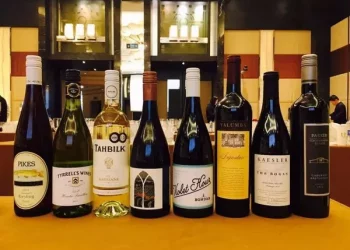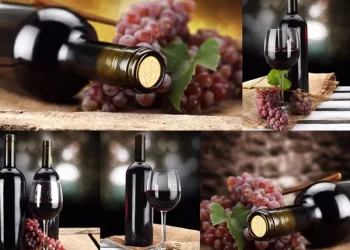The history of winemaking in South America is older than most people realize.
In fact, it has been making wine since the 16th century AD.
But in those days South American wines were of poor quality.
Franciscan friars of the Catholic Church grow Yayoi grapes, Pais and Criolla Grande.
The wine produced by the monks was for the church’s own use.
Viticulture and winemaking techniques slowly spread from Peru to Chile and eventually to Mendoza, Argentina.
It wasn’t until the late 19th century, when South America began to grow Malbec, Cabernet Sauvignon and Carmenere, that it began to produce some great wines.
Today, the South American wine industry is thriving, it has its own unique advantages.
Argentina is the world’s fifth-largest wine producer, while Chile is ninth (just ahead of Portugal).
So, let’s take a look at what made the South American wine industry and its famous wines today.
Argentina is the largest wine-producing country in South America, and its most famous wine is Malbec.
In addition to Malbec, Cabernet Sauvignon and Torrontes also thrive here, adapting well to the hot, dry environment.
Among Argentina’s emerging wine regions is Patagonia, which produces excellent Pinot Noir wines.
So far, Argentina’s exports have been dominated by Malbec, but its Cabernet Sauvignon is actually quite respectable, rivaling Cabernet Sauvignon from Napa Valley.
Starting in the 17th century, Chile became the leading wine-producing country in South America after an earthquake destroyed Peru’s wine industry.
Chile’s main wine region and its capital, Santiago, have a typically cool climate.
Cool sea breezes blow from the sea to the Andes mountains, cooling the valleys there.
Cabernet Sauvignon produced in Chile is similar to Bordeaux in its spicy, rustic style.
The king of Chile’s red grape varieties is Gamena, which has a flavor similar to Cabernet Franc.
Uruguay’s most famous grape variety is Tannat.
Dana is a rough variety, full of tannins, medium to high alcohol.
Dana is very popular in South America and is best consumed over barbecues, though not exported in large quantities to the United States.
Brazil’s wine industry has grown rapidly, with most of its premium wines coming from the Serra Gaucha region in the south, with Chardonnay and Merlot the standout wines.
Brazilian wines have a strong herbaceous flavor that is closer to the style of Old World Italian wines than New World wines.
The latest market dynamics at any time to see, please pay attention to.












































